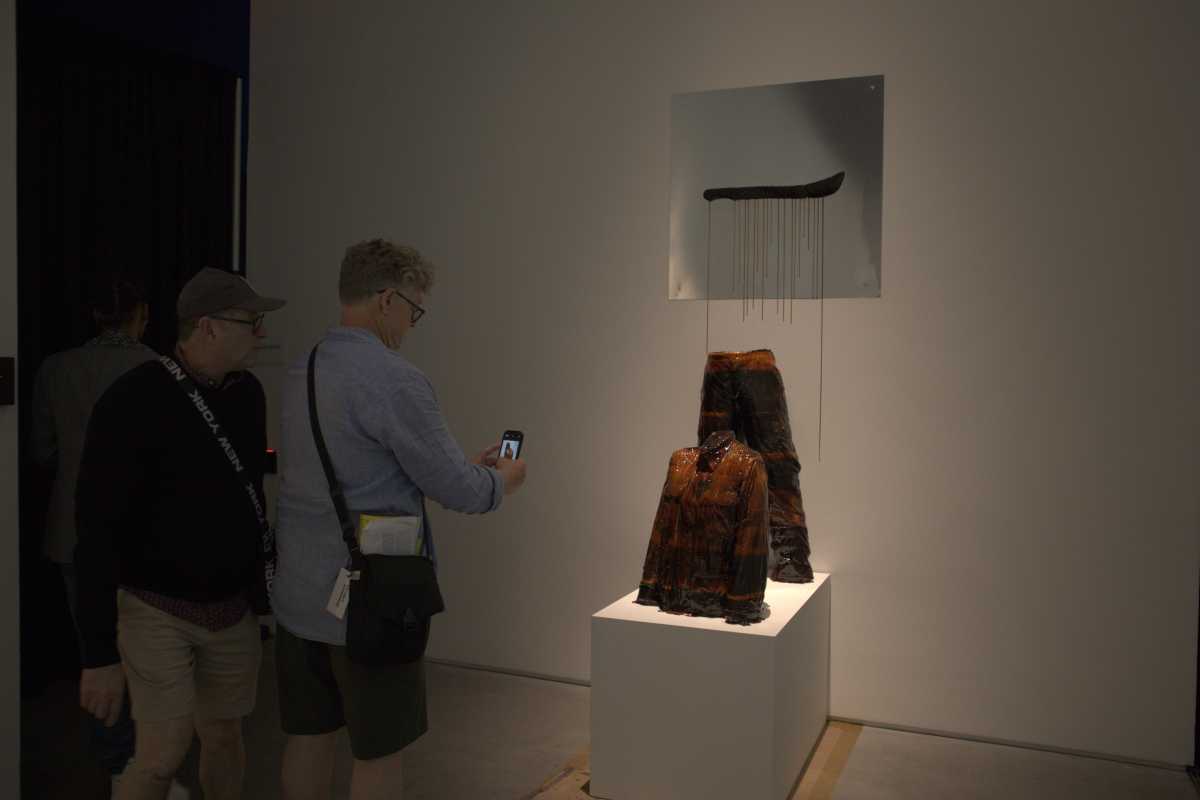By Sari Globerman
On December 30, 2003, five days after their daughter, Quintana Roo Dunne Michael, was hospitalized for pneumonia, Joan Didion’s husband, John Gregory Dunne, suffered a fatal heart attack while sitting down to dinner. So sudden was his death, so ordinary were the circumstances that Didion first took it for a joke. “John was talking,” she writes, with characteristic understatement. “Then he wasn’t.”
In her latest book, “The Year of Magical Thinking”, Didion attempts “to make sense of the period that followed, weeks and then months that cut loose any fixed idea I had ever had about death, about illness, about probability and luck, about good fortune and bad, about marriage and children and memory, about grief, about ways in which people do and do not deal with the fact that life ends, about the shallowness of sanity, about life itself.”
Like some expert cartographer of grief, she traces the complicated pathways of sorrow. She “goes to the literature,” to T.S. Eliot and Gerard Manley Hopkins, the Merck Manual, Sigmund Freud, and Emily Post, to try to understand how we explain and experience grief. She treads and re-treads over the same scenes, looking at them, as if through a kaleidoscope, for new angles, new patterns, the glimmer of possibility that there is a pot of gold at the end of the rainbow—a different outcome for the same devastating event, an outcome where Dunne comes home and needs his shoes, which Didion cannot bear to throw out, just in case.
This is the magical thinking: the inability to throw out shoes should Dunne return, the unwillingness to change the outgoing answering machine message, the hesitation to allow the obituary to run because that would tell the world that Dunne is dead and that would be a lie. But if the thinking is magical, the writing is as real and raw as it gets. As always, Didion’s sentences are smooth as polished stones; the language is exacting. Although the subject matter is as intimate as her other personal essays — the book is as much a meditation on her marriage as grief — it lacks the excessive emotion and manipulative hand-wringing that so many modern memoirs rely on to evoke loss. As we’ve come to expect from Didion, there is not a promiscuous adjective in sight.
Instead, there is repetition, scenes and phrases that are sounded again and again: “Life changes fast. Life changes in the instant. You sit down to dinner and life as you know it ends.” Like skipped stones across a glassy pond, the reiteration of these phrases cast ripples across the “impenetrable polish” of Didion’s prose. Grief, as she notes, comes in waves, and these sentences, said over and over again as if an incantation, rock the reader along with her. Their cumulative effect is devastating.
But just as Didion takes us into the dark heart of grief, she also leads us away from the riptide of madness back towards the shallows. By the end of the book, she knows that “if we are to live ourselves there comes a point at which we must relinquish the dead, let them go, keep them dead. Let them become the photograph on the table. Let them become the name on the trust accounts. Let go of them in the water.” And in this, her book becomes more than a consideration of grief, more than a candid and insightful account of an unusual and successful marriage, but a kind of manual for mourning, for finding the meaning, and ultimately, for moving on.
google_ad_client = “pub-6226499064891091”;
google_ad_width = 468;
google_ad_height = 60;
google_ad_format = “468x60_as”;
google_ad_channel =”0606561524″;
google_color_border = “336699”;
google_color_bg = “FFFFFF”;
google_color_link = “0000FF”;
google_color_url = “008000”;
google_color_text = “000000”;
//–>
src=”https://pagead2.googlesyndication.com/pagead/show_ads.js”>
WWW Downtown Express
































